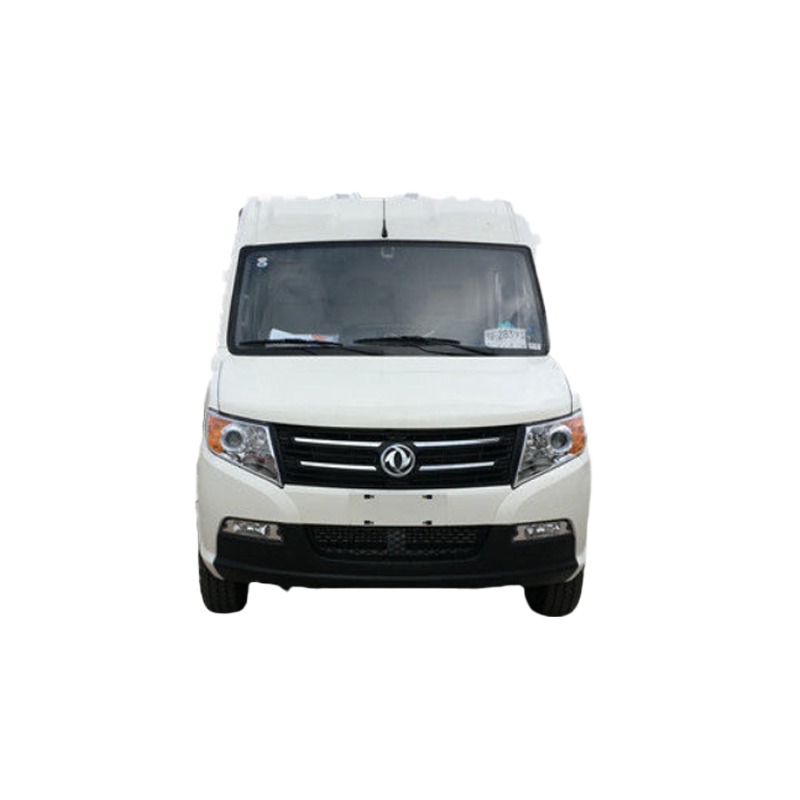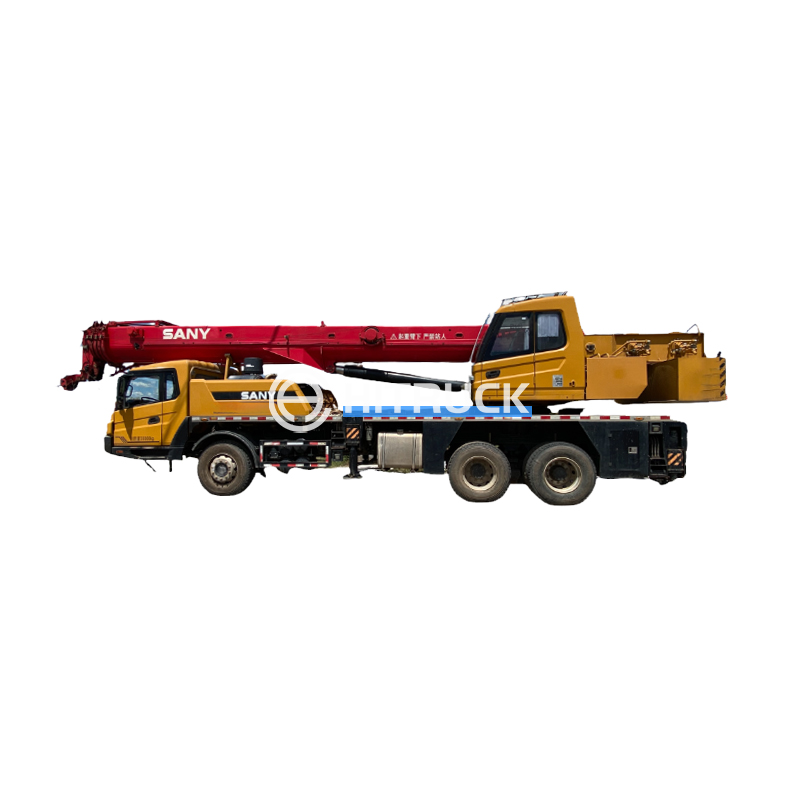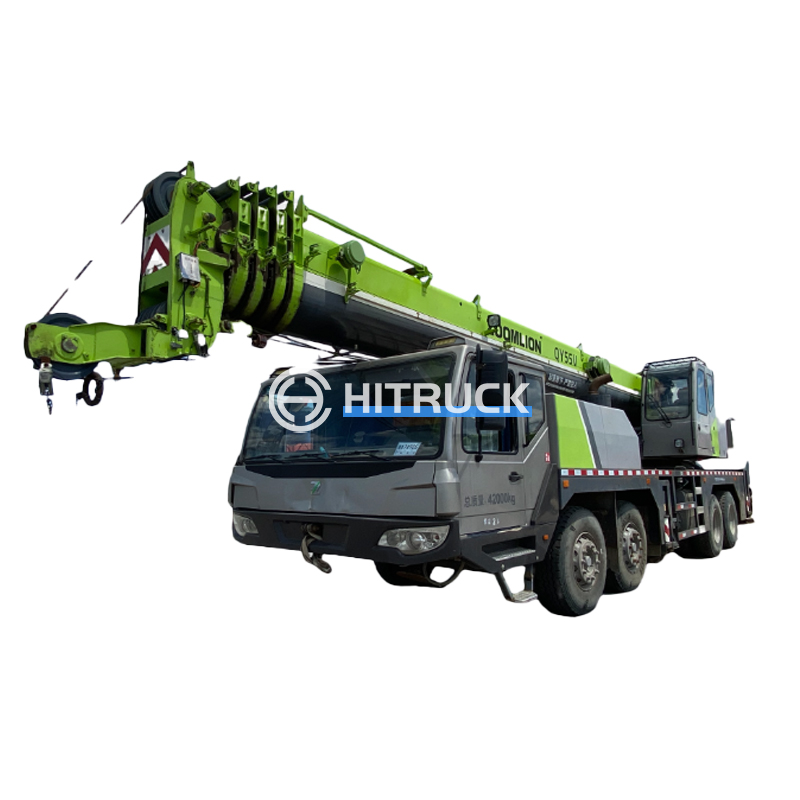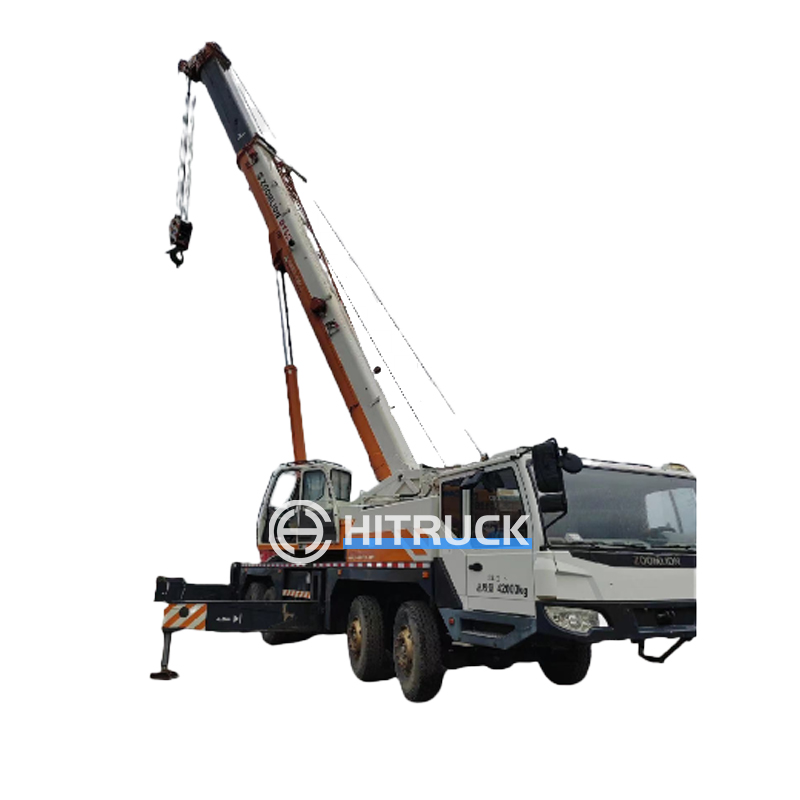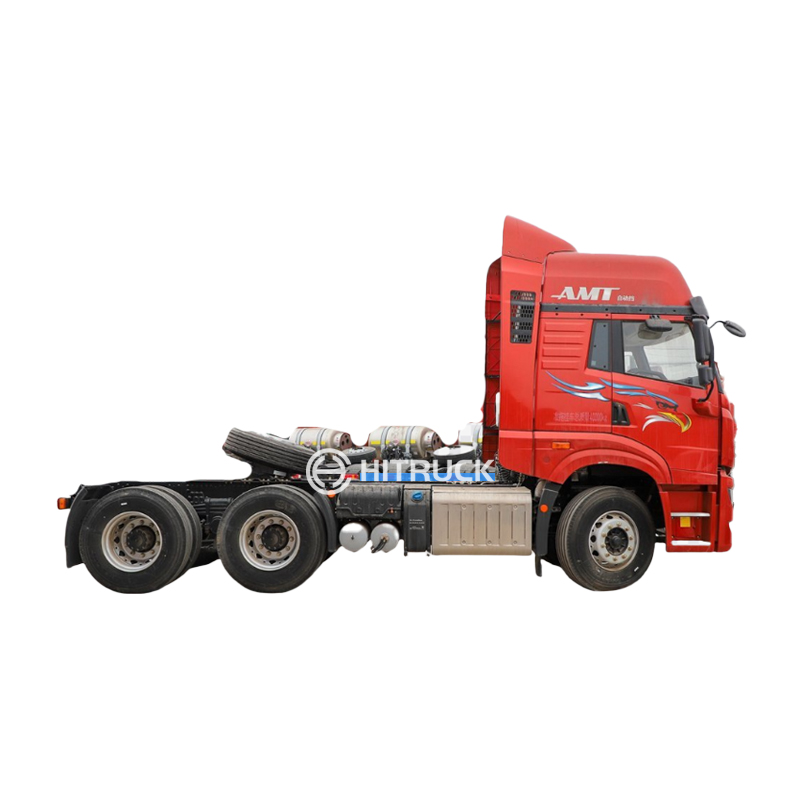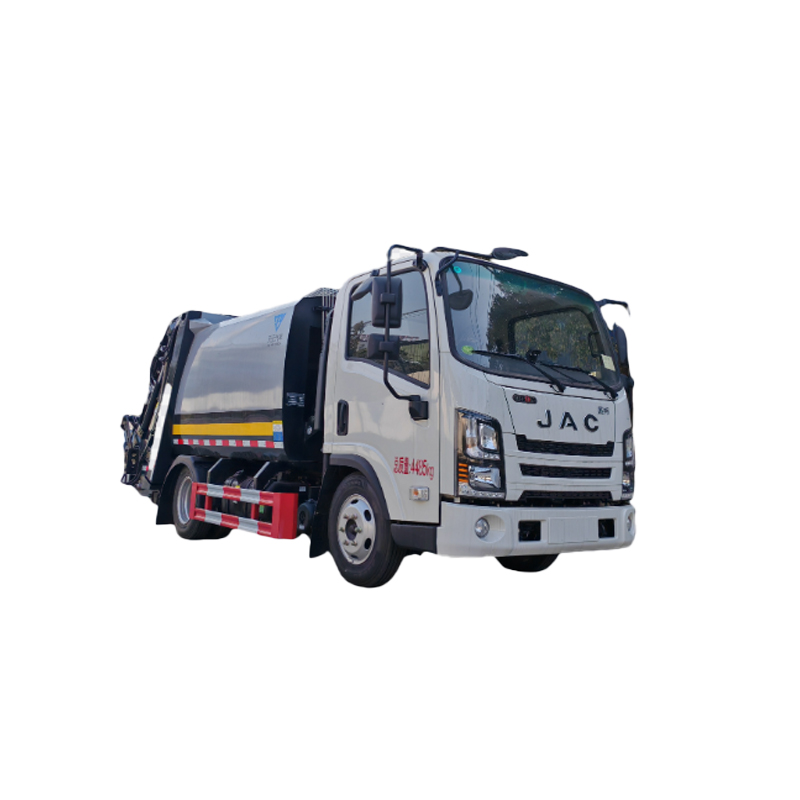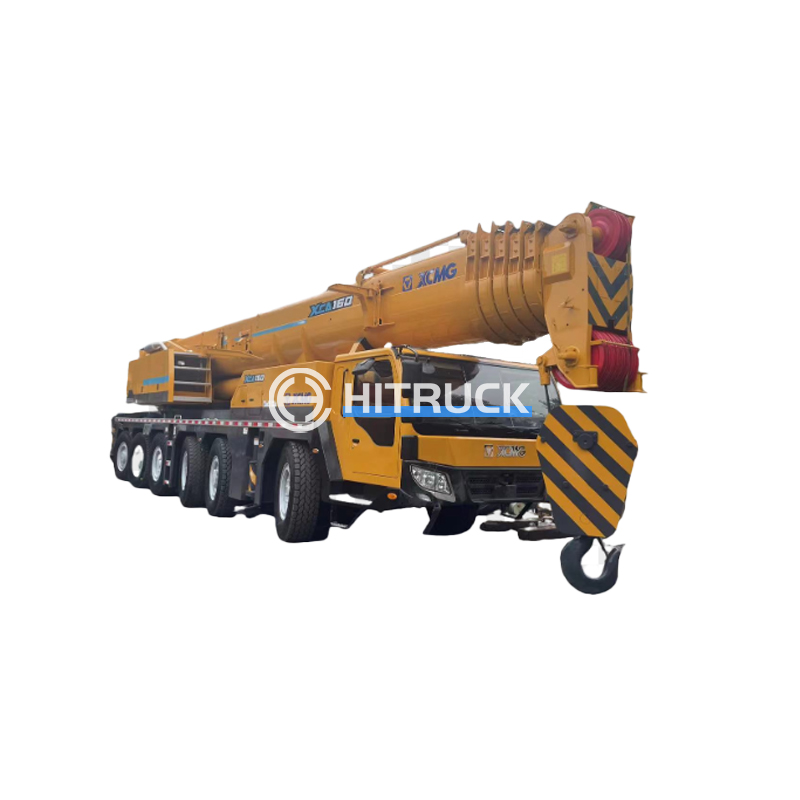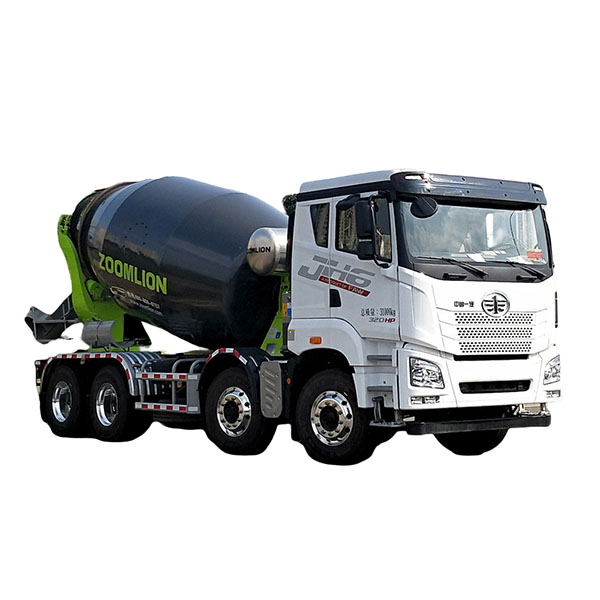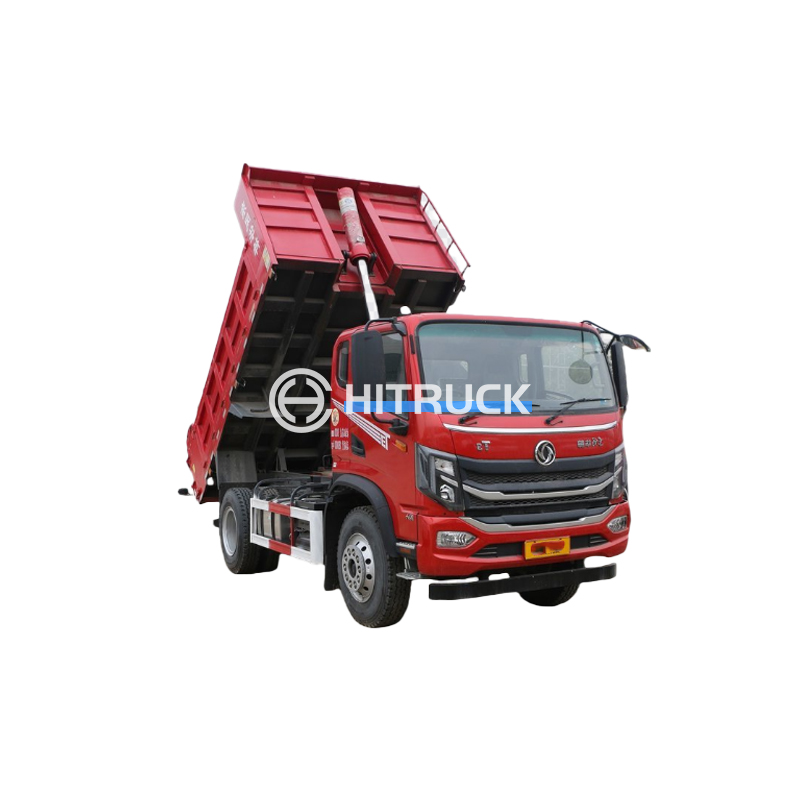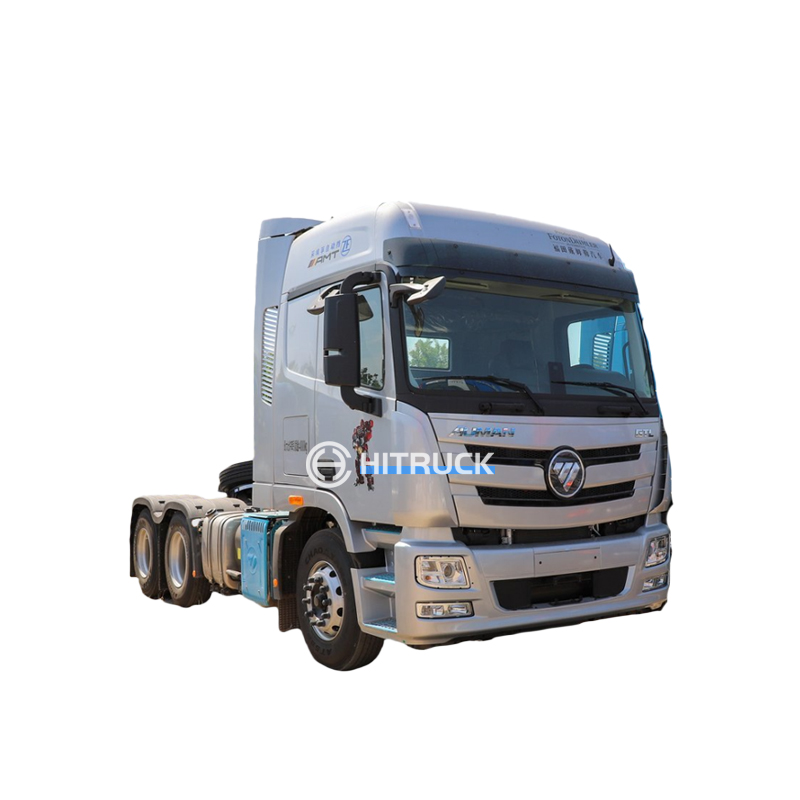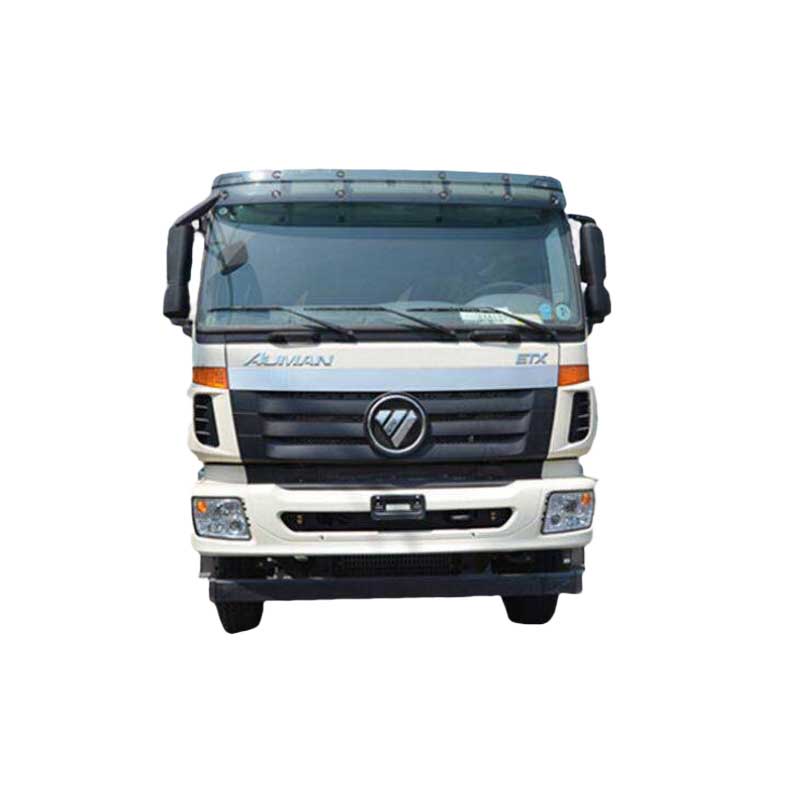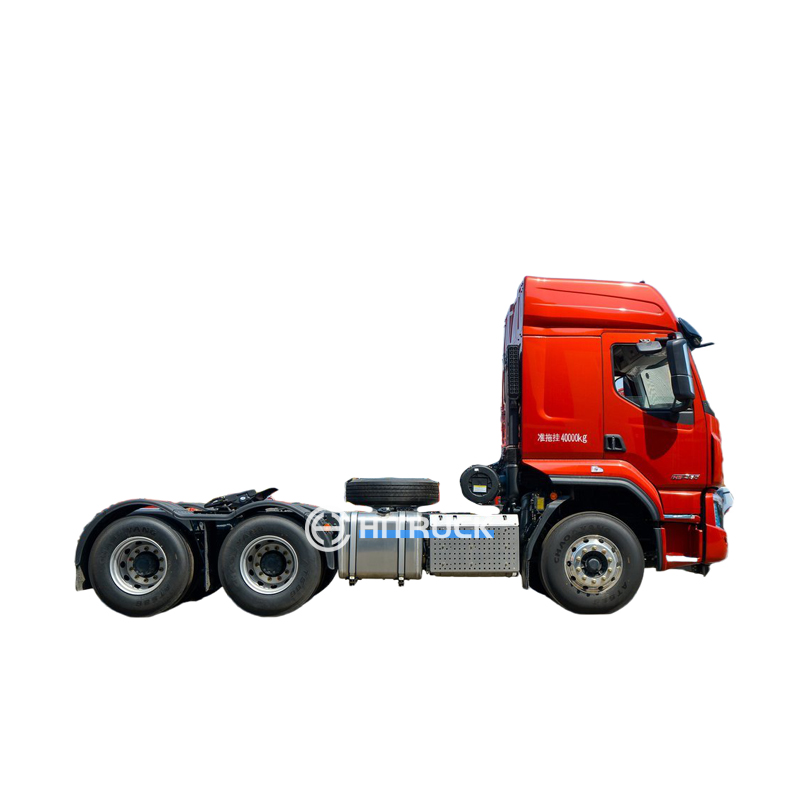Spider Crane: A Comprehensive GuideSpider cranes are compact and versatile lifting machines ideal for various applications. This guide explores their features, benefits, limitations, and considerations for choosing the right spider crane for your needs. We'll cover different types, safety protocols, and common uses to provide a complete understanding of these powerful tools.
Understanding Spider Cranes
What is a Spider Crane?
A
spider crane, also known as a mini crane or a compact crane, is a self-erecting crane characterized by its compact design, maneuverability, and ability to operate in confined spaces. These cranes typically have multiple outriggers for stability and a relatively small footprint, making them suitable for various applications where larger cranes are impractical or impossible to use. Their lifting capacity varies depending on the model, ranging from a few tons to over 10 tons.
Types of Spider Cranes
Several types of
spider cranes cater to different needs and job sites. Key distinctions often lie in their lifting capacity, boom length, and overall dimensions. Some common types include: Electric Spider Cranes: These cranes are powered by electricity and are often preferred for indoor or environmentally sensitive projects due to their quiet operation and lack of emissions. Diesel Spider Cranes: Offering more power and lifting capacity, diesel-powered
spider cranes are suitable for heavier lifting tasks and outdoor projects where electricity access might be limited. Hybrid Spider Cranes: Combining the benefits of both electric and diesel power, hybrid models offer flexibility and efficiency.
Key Features and Benefits
Compact Design: Their small size makes them perfect for tight spaces and congested work areas. Self-Erecting Capability: Easy setup and dismantling significantly reduces setup time compared to traditional tower cranes. High Maneuverability: Their compact design and multiple outriggers enhance mobility and versatility on various terrains. Versatile Lifting Capacity: Different models offer diverse lifting capacities to suit different project needs. Cost-Effectiveness: Their compact size often translates to lower transportation and operational costs compared to larger cranes.
Choosing the Right Spider Crane
Factors to Consider
Selecting the right
spider crane depends heavily on your specific needs. Key factors to consider include: Lifting Capacity: Determine the maximum weight you need to lift. Boom Length: Ensure the boom length is sufficient to reach the desired height and distance. Working Radius: Consider the reach required for your lifting tasks. Terrain: Assess the ground conditions at your worksite to determine suitable crane features. Power Source: Choose between electric, diesel, or hybrid power based on your project's requirements.
Safety Precautions
Operating a
spider crane requires proper training and adherence to safety protocols. Always: Conduct thorough pre-operation inspections. Ensure proper outrigger placement for stability. Use appropriate safety gear, including helmets and harnesses. Follow all manufacturer guidelines and regulations. Never exceed the crane's rated lifting capacity.
Applications of Spider Cranes
Spider cranes are used across various industries, including: Construction: Lifting materials, equipment, and prefabricated components in building construction. Film Production: Setting up cameras, lighting, and other equipment. Industrial Maintenance: Lifting and positioning heavy machinery for repair or maintenance. Event Management: Setting up stages, lighting, and sound equipment. Rescue and Recovery: Assisting in emergency response and rescue operations.
Comparison of Popular Spider Crane Models
| Model | Lifting Capacity | Boom Length | Power Source |
| Model A | 5 tons | 20 meters | Diesel |
| Model B | 3 tons | 15 meters | Electric |
| Model C | 7 tons | 25 meters | Hybrid |
(Note: Specific models and their specifications vary by manufacturer. This table provides a general comparison.)
Where to Find Spider Cranes
For purchasing or renting
spider cranes, consider contacting reputable equipment suppliers and rental companies in your area. Online marketplaces and industry directories can also be valuable resources. For a wide selection of heavy equipment, including cranes, you might consider checking out
Hitruckmall.
Conclusion
Spider cranes offer a compelling combination of compactness, maneuverability, and lifting capacity. Understanding their features, limitations, and safety protocols is crucial for selecting and operating them effectively. By carefully considering the factors outlined above, you can choose the right
spider crane for your specific needs and ensure a safe and efficient project completion.

